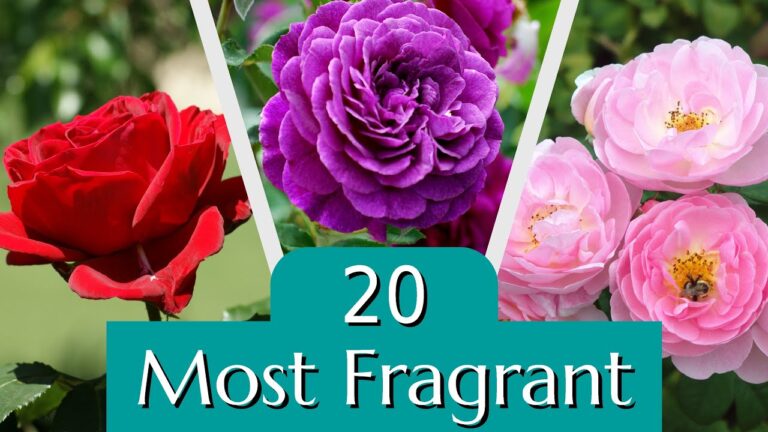Fertilizing cuttings during propagation is a delicate balance between timing and technique. Jason from Fraser Valley Rose Farm, who has propagated over 5,000 roses and perennials, shares his insights into feeding cuttings successfully through their various stages. This guide expands on Jason’s advice, providing a detailed roadmap to ensure your cuttings transition from rootless stems to thriving plants with the right nutrients at the right time.
Understanding the Unique Needs of Cuttings
At the start, cuttings don’t have roots to absorb nutrients. This makes their initial needs fundamentally different from those of established plants. The potting mix typically used for propagation—light, airy, and nutrient-free—acts only as a support structure to hold the cutting upright and maintain ideal conditions for rooting.
Foliar feeding (applying liquid fertilizer to the leaves) is often suggested as a way to nourish cuttings, but research and practice show it is largely ineffective for delivering the major nutrients plants need. Minor nutrients like zinc may be absorbed this way, but the cutting primarily relies on its stored nutrients and energy reserves until roots develop.
Focus on Rooting Conditions, Not Fertilizing
For successful propagation, the focus should be on creating optimal conditions to encourage quick root formation, allowing the plant to begin absorbing nutrients from the soil. Key factors include:
- Temperature: Maintain a stable 21°C (70°F). Adding bottom heat can further speed rooting.
- Humidity: Keep the environment humid using a dome, misting system, or similar setup. Aim for 80–90% humidity, indicated by condensation on the inside of the dome.
- Rooting Hormone: While not strictly necessary, using a rooting hormone can improve consistency and speed up the rooting process.
- Medium: Use a well-drained, sterile, nutrient-free medium such as a mix of perlite and peat, coconut coir, or sand. Avoid garden soil, which contains pathogens that can harm vulnerable cuttings.
The Transition to Feeding
Once roots begin to form, the cutting can start absorbing nutrients. However, young roots are fragile and can be damaged by strong fertilizers. Here’s how to ease the transition:
- Start with Half-Strength Liquid Fertilizer: Liquid feed delivers nutrients gently and uniformly, reaching the roots quickly. A diluted solution ensures delicate roots aren’t overwhelmed.
- Balanced Nutrition: Use a fertilizer with a ratio such as 3-1-3 or 2-1-2. Avoid high-phosphorus formulations marketed as “root boosters,” as excess phosphorus doesn’t enhance rooting and can harm the plant. Instead, provide a balance of nitrogen, potassium, and micronutrients like magnesium, calcium, and iron.
Debunking the High-Phosphorus Myth
One persistent misconception in gardening is that high-phosphorus fertilizers promote root growth. While phosphorus is necessary in small amounts, adding more than the plant needs offers no additional benefits. Jason compares this to vitamins in humans—essential in moderation but harmful in excess. Phosphorus, in particular, can accumulate in the soil, leading to long-term imbalances.
Instead, focus on providing a well-rounded nutrient mix that supports overall plant health. Balanced fertilizers with slightly higher nitrogen and potassium levels are more effective for young, growing plants.
When to Transition to Full Feeding
As the cutting becomes a well-rooted young plant and moves into a larger pot, it can handle full-strength feeding. At this stage:
- Switch from liquid feed to granular, organic, or slow-release fertilizers, depending on your preference.
- Feed the plant as you would any established plant, adjusting for seasonal changes. For example, Jason reduces feeding during the winter when plants naturally slow their growth.
Key Takeaways for Fertilizing Cuttings
- No Fertilizer Initially: Focus on conditions—temperature, humidity, and a sterile medium—to encourage rooting.
- Begin Feeding Gently: Use a half-strength liquid fertilizer once roots appear, with a balanced nutrient ratio.
- Avoid High Phosphorus: Balanced nutrition with slightly higher nitrogen and potassium is ideal.
- Transition Gradually: Move to full-strength feeding when the cutting becomes an established plant in a larger pot.
Conclusion
Propagating healthy plants from cuttings involves patience, precision, and timing. By understanding that cuttings rely on their stored nutrients during the early stages, you can focus on creating the best conditions for rooting. Once roots form, transitioning to a balanced feeding program ensures your cuttings grow into robust plants.
Jason’s experience with thousands of propagated plants offers practical, evidence-based advice to guide gardeners through every stage of the process. Whether you’re propagating roses, perennials, or shrubs, this guide provides the essential steps to nourish your cuttings successfully. For more insights into propagation and plant care, explore additional resources or connect with Jason on Fraser Valley Rose Farm. Happy gardening!






